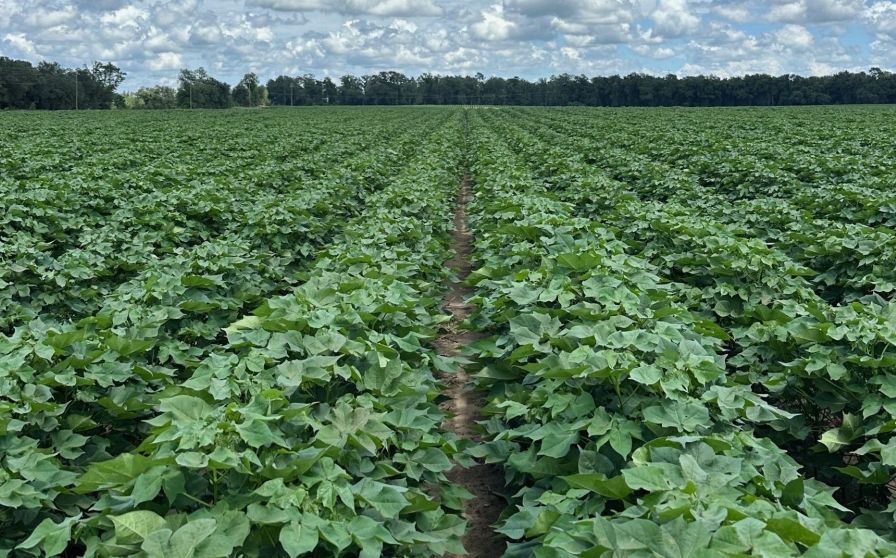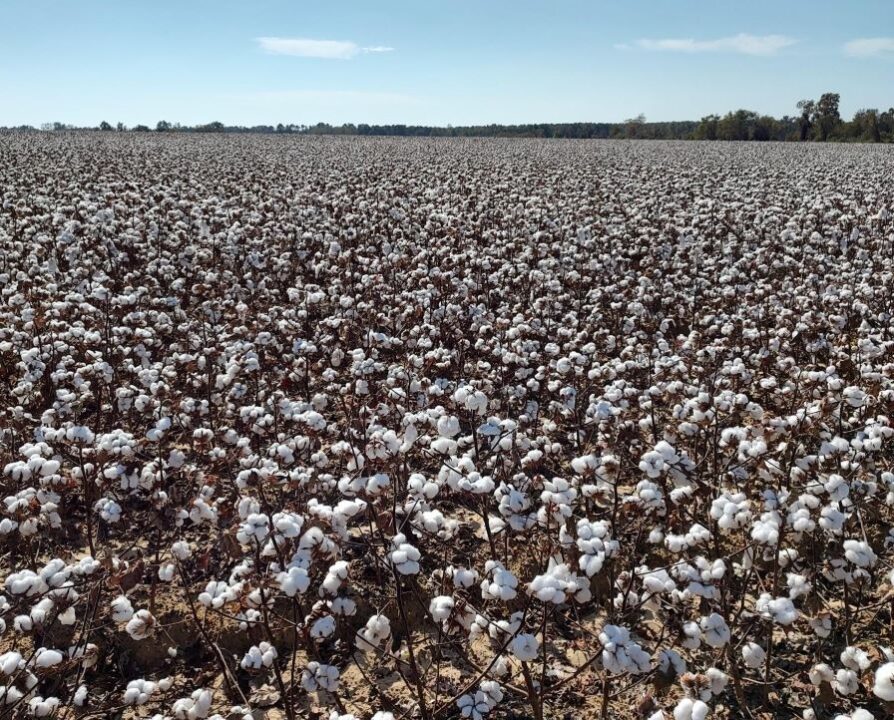Opportunities Arise Amidst Troubled Times
The year 2008 started with great expectations for Indonesian textile mill owners, with early cotton prices skyrocketing. Indonesian mills were starting to procure cotton beyond their usual intakes and were spinning at high speeds to keep up with orders. Polyester and rayon spinners were starting to convert to cotton and things were really looking up for the cotton and textile industry as a whole.
The U.S. economic crisis turned global by August, and the first real sign of a slowdown started to hit after the one-week Muslim New Year holiday, a peak retail season. Spinners started to complain about abnormally slow demand. By the second-half of October, Indonesian mills were feeling the global economic slowdown as stocks started to pile up and sales continued to slow down dramatically.
A big blow came from the financial sector. When the 1998 crisis hit, over 30 local banks were liquidated. Textile mill owners’ trust in local banks languished and foreign banks became more attractive options. Prominent British, American and Australian banks became the leading lenders for the Indonesian textile industry. Nobody expected that these seemingly stable foreign banks would be the first to crumble a mere decade later.
These international financial institutions started to cut credit lines to all industries, including the textile mills. The Indonesian Rupiah continued to weaken against the U.S. dollar. It has also become increasingly difficult for mills to get payments from their yarn buyers. Foreign garment/yarn buyers have also defaulted on their contracts and, unlike cotton, there is no settlement fee in the trading of garments and yarn.
All things considered, the Indonesian textile industry is probably the worst hit in the region. While some mills have closed their doors all together, others are joining the long queue of the default list to avoid bankruptcy as they know that “dawn comes after the dark.”
Blessing in Disguise
While some of the once strong mills are suffering, the once cash strapped mills are now the ones making the money, as they can continue to procure cotton at these new low prices. With good management, these once ailing mills might be the future of Indonesian textiles.
2009 is the Indonesian presidential election year, and in its effort to show support to the textile/cotton industry, the Indonesian government has issued official letters to any company or mill facing financial difficulties, so that they have the right to suspend the annual increase of the workers’ wages. The government has also unveiled plans to increase cotton planting acreage, and it is reported that the government will introduce Bt seeds to boost yield.
For now, the mill owners are hoping that the devaluation of the Indonesian Rupiah will again turn out to be a much needed blessing, as Indonesian textile products have now become one of the cheapest in the world. Though it might take longer than usual to recover from this economic slump, with the experience, perseverance and steadfast thinking from the Indonesian textile owners, we are optimistic that the sector will become triumphant once again.









